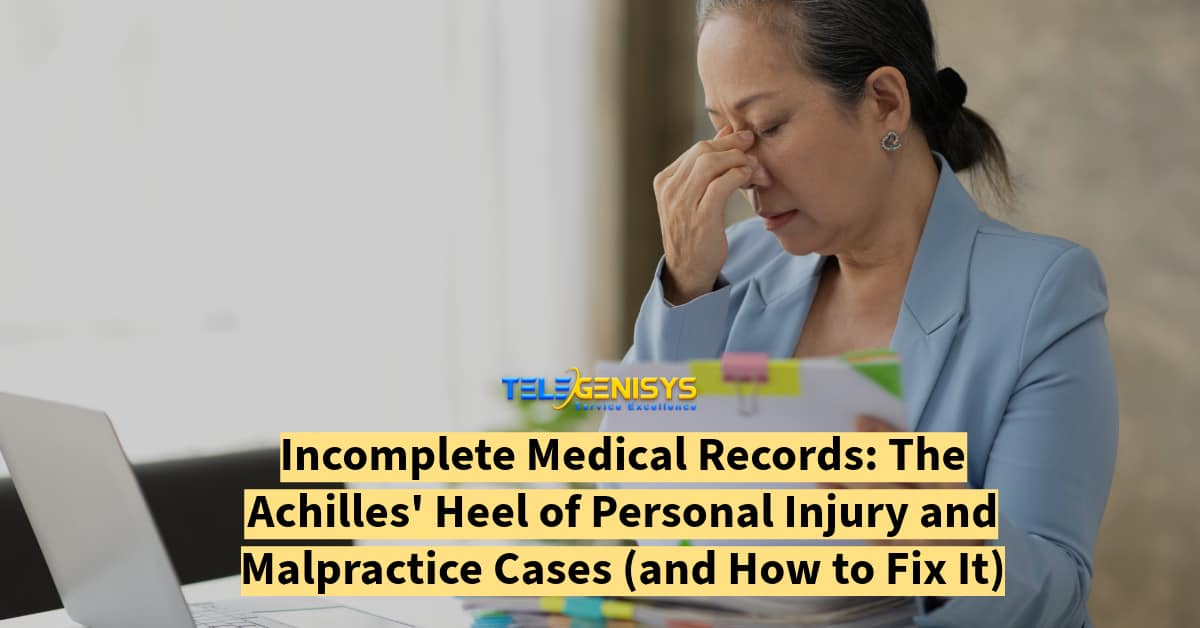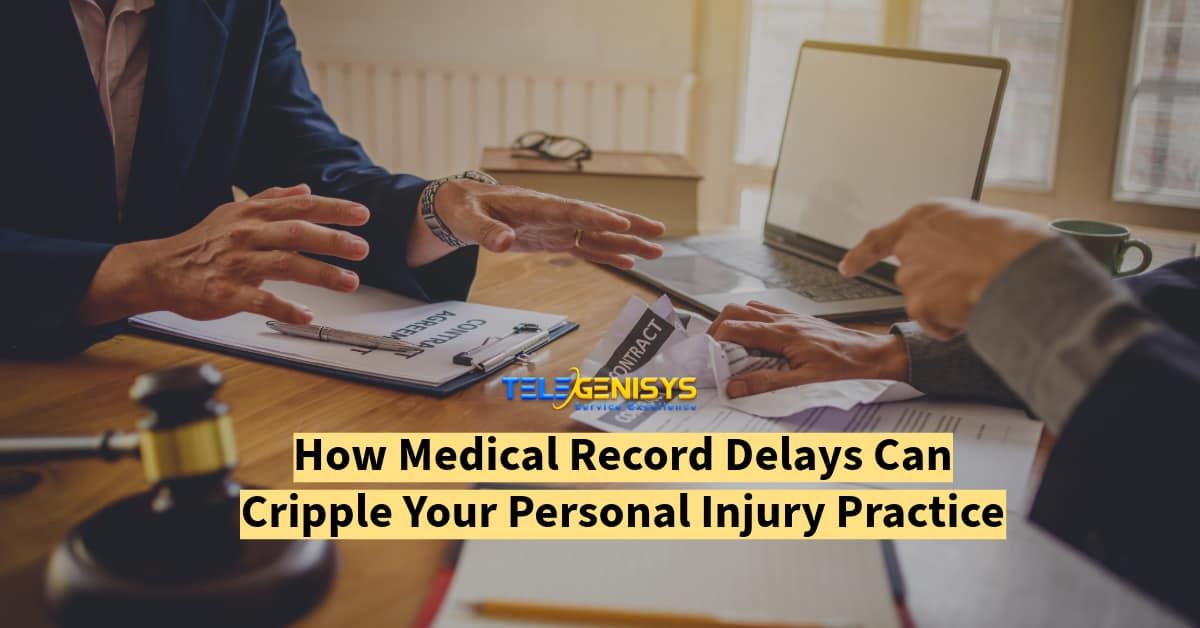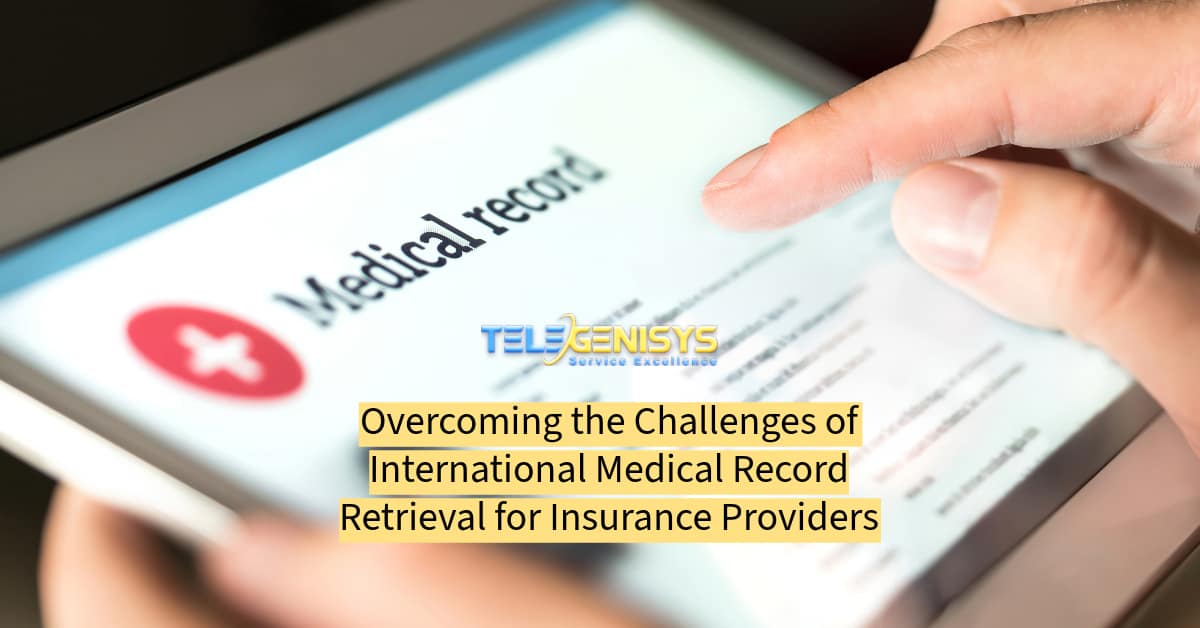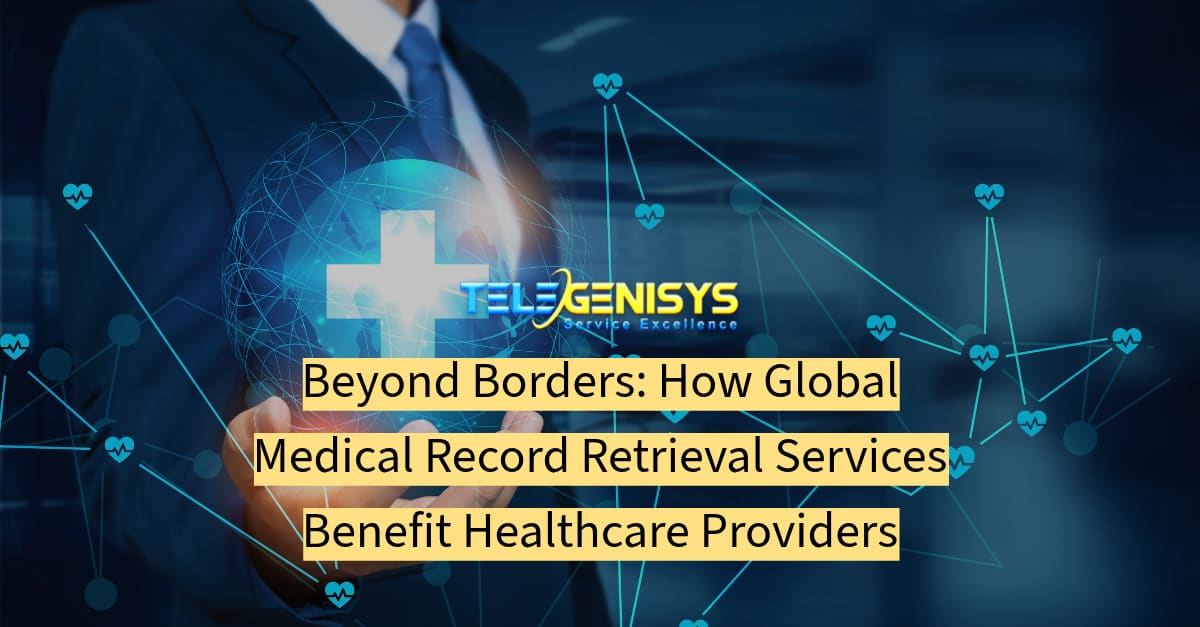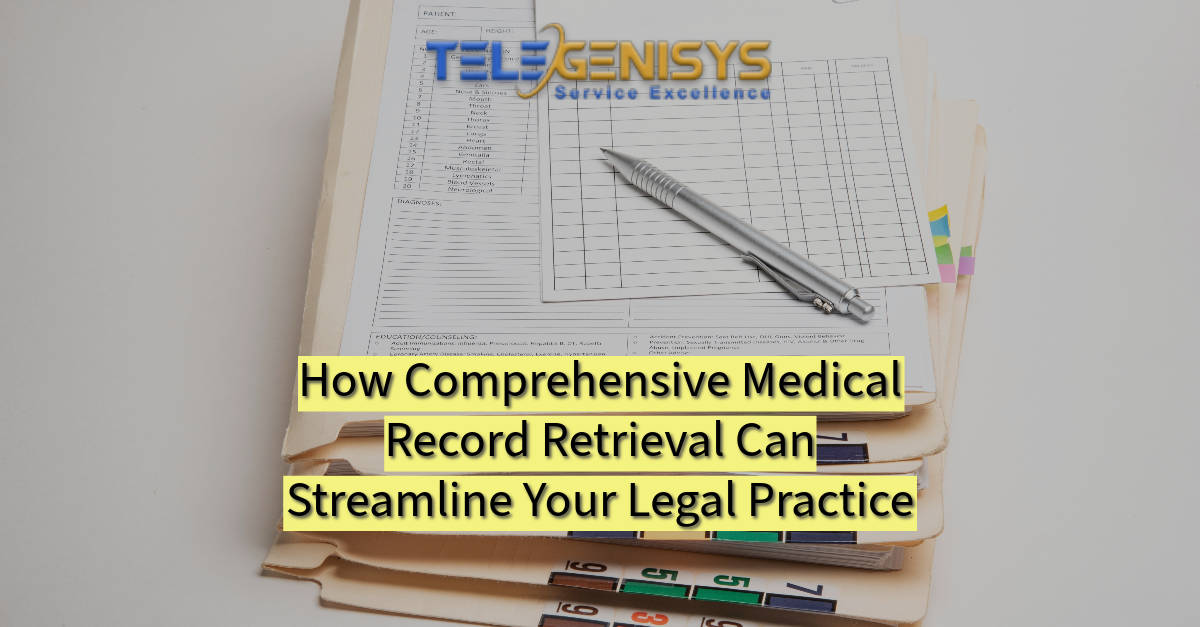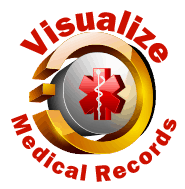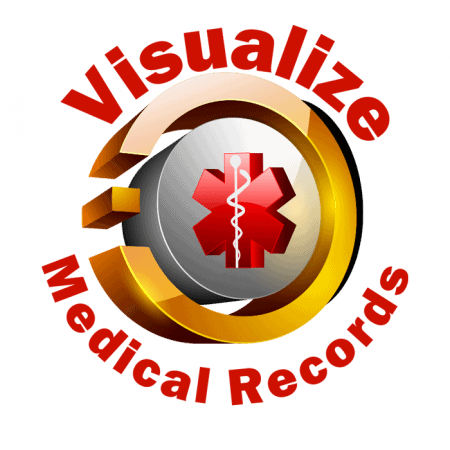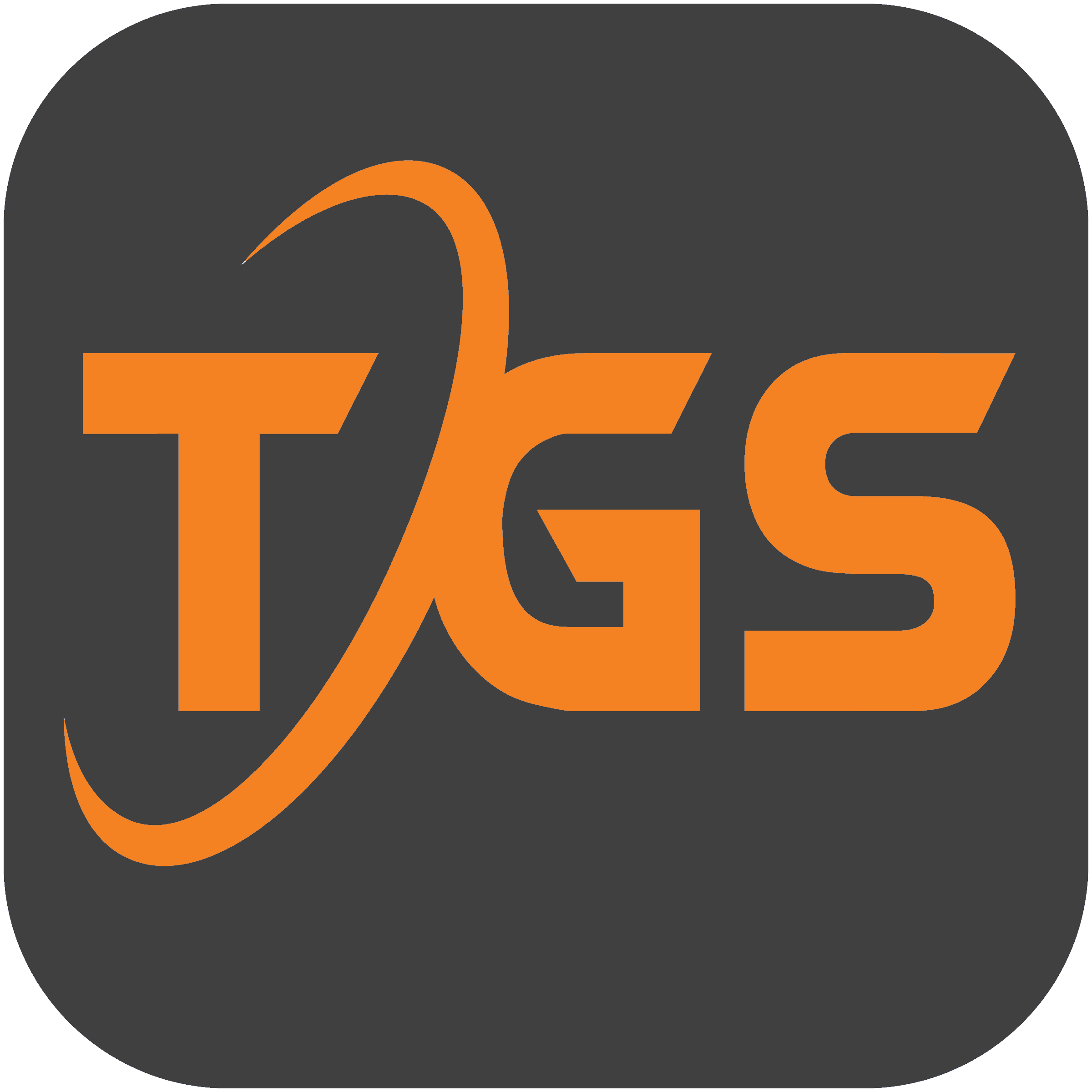Release of information form – HIPPA regulations
HIPAA mandates that a release of health-related information may occur only after the patient completes a form authorizing the sharing of private health information with certain individuals. In a release of information form, a patient agrees to specifics regarding who will have access to their records, what exactly will be shared, for what purpose it will be shared, and the length of time that this information will be available.
The release form must clearly spell out these details in a way that the patient fully understands the implications of signing his or her name to the document. A vaguely worded document or one missing one or more of these aspects of the release is not compliant with HIPAA regulations. The release does not become authorized until it is signed by the patient.
The release of information form is not needed when protected health information is accessed by another HIPAA compliant office other than the producer of previous records. The release of information form is only required when a patient’s medical records are being released to a third party for a specific purpose, such as for evaluation for a life insurance policy or for a research study.
In conclusion:
- HIPAA requires that a release of information form be completed by the patient when phis are to be shared with an individual or entity not directly involved in a patient’s care.
- HIPAA requires that a rif be clearly written and explain what information will be shared and for what purpose. The document does not need to be notarized or witnessed.
- The Rif is not required for phi to be used in routine healthcare or billing for related healthcare.
- As an audited HIPAA compliant company, telegenisys can help in case handling and medical records request management.
- Telegenisys comply with the privacy rules that are outlined in HIPAA.
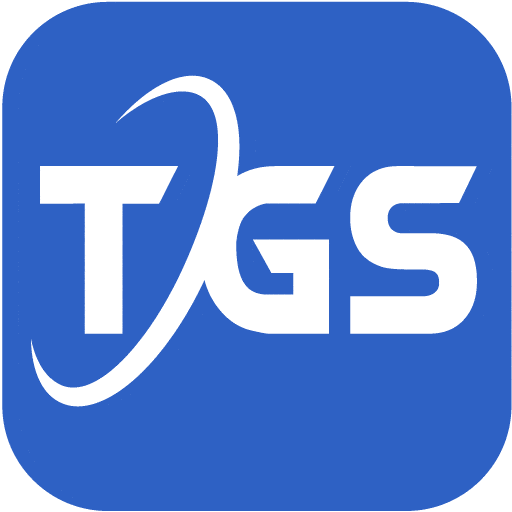
 Telegenisys managers host moderated blogs with updates weekly or more often. We hope you will enjoy our blog streams.
Telegenisys managers host moderated blogs with updates weekly or more often. We hope you will enjoy our blog streams. 